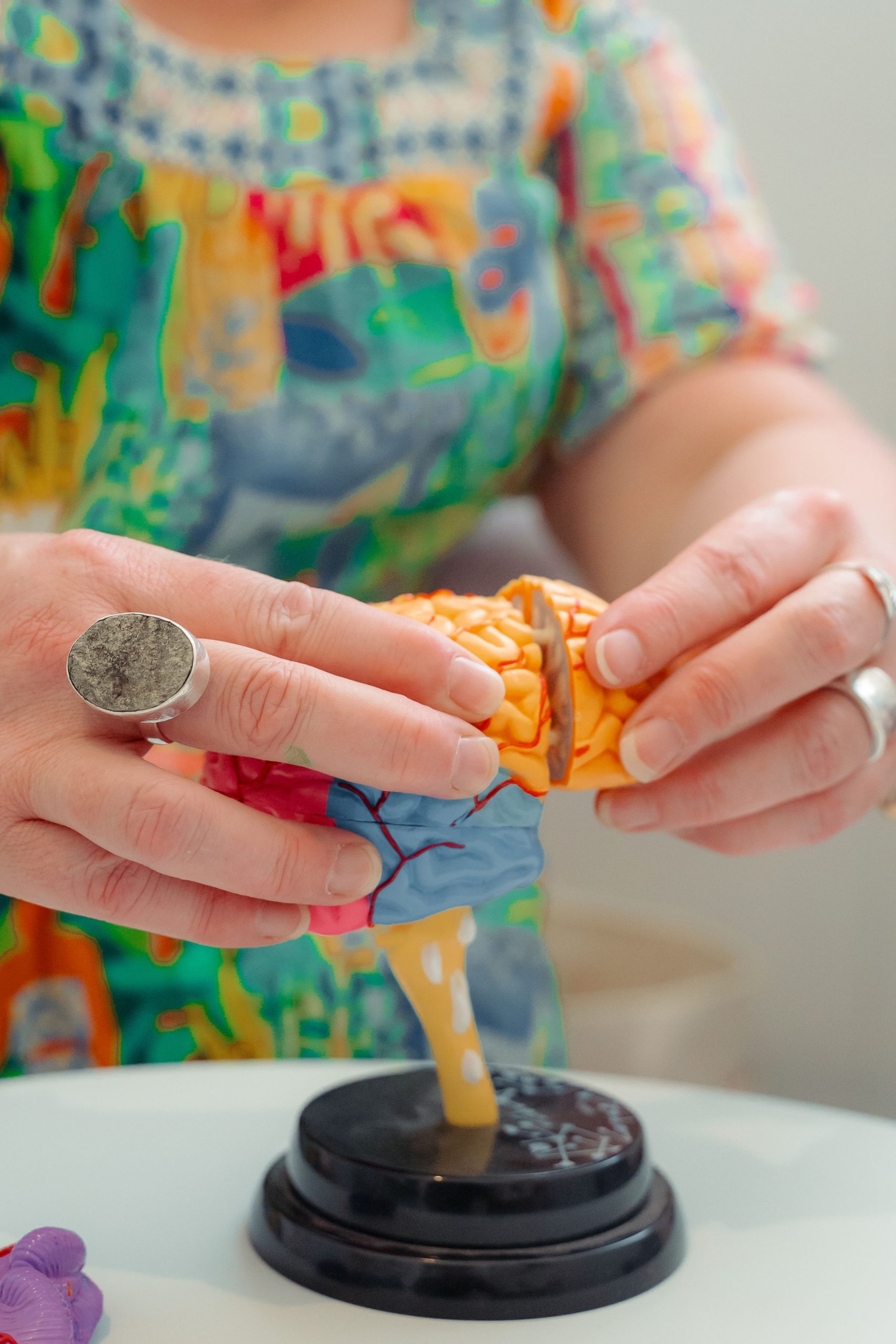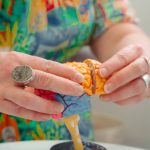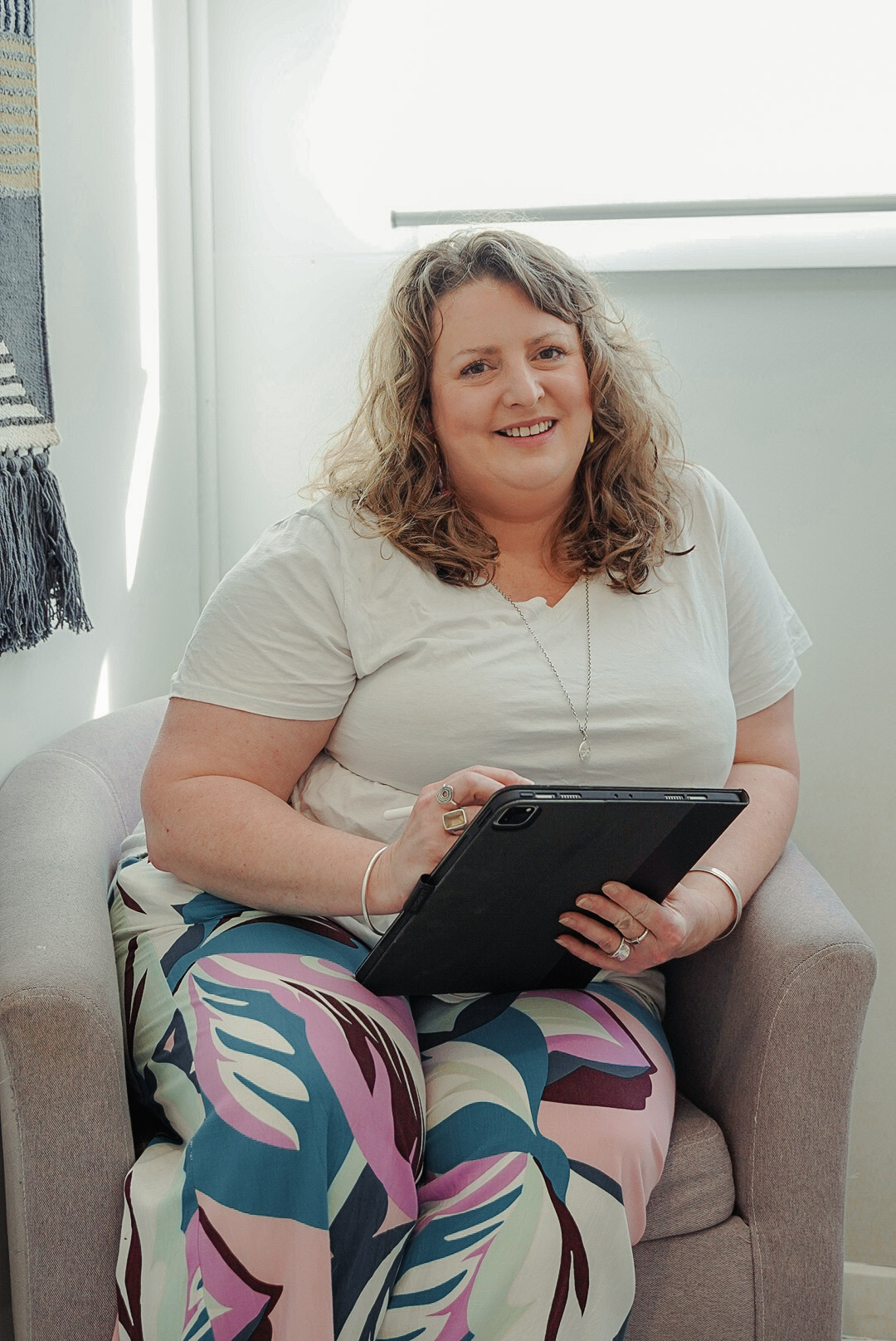
Pain can be complex, especially for neurodivergent individuals. Whether it’s physical, emotional, or sensory-based, pain is often heightened or misunderstood. As a Social Worker, I believe in empowering people to access their body’s natural ability to manage pain gently, holistically, and in ways that feel affirming.
This blog explores how to naturally activate the body’s pain-relieving neurotransmitters—endorphins, dopamine, serotonin, and oxytocin—through everyday practices that honour neurodivergent nervous systems.
Pain is more than just a physical sensation—it’s a whole-body experience that interacts with our thoughts, emotions, and environments. For many neurodivergent individuals, the experience of pain can be more intense, more difficult to describe, and more easily dismissed or misunderstood by others. As a Social Worker supporting neurodivergent clients, one of my goals is to empower people with accessible, respectful, and evidence-informed strategies that honour their unique nervous systems.
One powerful—and often overlooked—resource is the body’s own natural pharmacy: neurotransmitters like endorphins, dopamine, serotonin, and oxytocin, which can reduce pain and enhance overall well-being.
Understanding the Natural Pain Relievers
Before diving into strategies, here’s a quick breakdown of what these key neurotransmitters do:
Endorphins: The body’s natural morphine, they reduce physical pain and boost pleasure.
Dopamine: The “reward” chemical, released when we experience success, novelty, or connection.
Serotonin: Supports mood regulation, sleep, and digestion, and helps buffer against pain.
Oxytocin: The “bonding hormone” that fosters feelings of safety, trust, and physical comfort.
These chemicals don’t require pharmaceuticals to activate, though medications are often part of a person’s plan. They can also be naturally encouraged through simple, sensory-rich experiences that many neurodivergent people already seek out intuitively.
8 Neurotransmitter-Boosting Practices for Neurodivergent Bodies & Minds
1. Movement on Your Own Terms
Exercise doesn’t have to mean the gym. Many neurodivergent people benefit from stimming (self-stimulatory behaviour), pacing, bouncing, dancing, or rhythmic movement. These can all release endorphins and dopamine.
Try: Using a mini trampoline, walking in nature, or dancing to a favourite beat.
2. Safe & Supportive Touch
Whether it’s deep pressure from a weighted blanket, hugging a trusted friend or pet, or enjoying a massage—oxytocin and serotonin rise with positive touch.
Try: Using a body pillow, compression clothing, or asking for a hand or foot massage if that feels safe.
3. Music & Sound Regulation
Many neurodivergent individuals use music or sound to regulate emotions. Familiar, preferred sounds stimulate dopamine and endorphins.
Try: Creating a personal playlist for different moods or using noise-cancelling headphones to protect against overwhelm.
4. Creative Expression & Play
Drawing, building, storytelling, or playing an instrument can activate the brain’s reward system and help process sensory or emotional pain.
Try: Art journaling, digital design apps, or expressive clay modelling as grounding activities.
5. Sensory Comfort & Nature
Soothing sensory input like soft lighting, warm baths, or being in nature can increase serotonin and reduce the experience of pain.
Try: Nature walks, gardening, or creating a sensory-safe space with cosy textures and calming visuals.
6. Mindfulness That Respects Neurodivergence
Mindfulness can look different for neurodivergent people—it might be about focusing on sensory input or engaging in a repetitive activity.
Try: Guided meditations with movement, fidget tools, or tactile grounding exercises instead of traditional stillness-based practices.
7. Purpose & Positive Feedback
Accomplishing tasks—especially ones that align with personal interests or strengths—releases dopamine and boosts self-worth.
Try: Breaking tasks into small steps and celebrating each one, even internally. Visual checklists or gamifying routines can help, too.
8. Connection & Community
Pain is often reduced when we feel seen, understood, and supported. Safe relationships release oxytocin and reduce isolation-driven stress.
Try: Online support groups, one-on-one peer support, or expressive therapies that foster connection in neuro-affirming ways.
There’s no one-size-fits-all approach to pain relief, especially in neurodiverse experiences. But by encouraging natural, accessible tools that invite regulation and self-trust, we support healing from the inside out. Whether through movement, connection, creativity, or rest, your body knows how to help you. Let’s listen.
If you’re interested in working together or would like to explore neuro-affirming therapy options, feel free to get in touch. I offer compassionate, strengths-based support for neurodivergent individuals and families.










